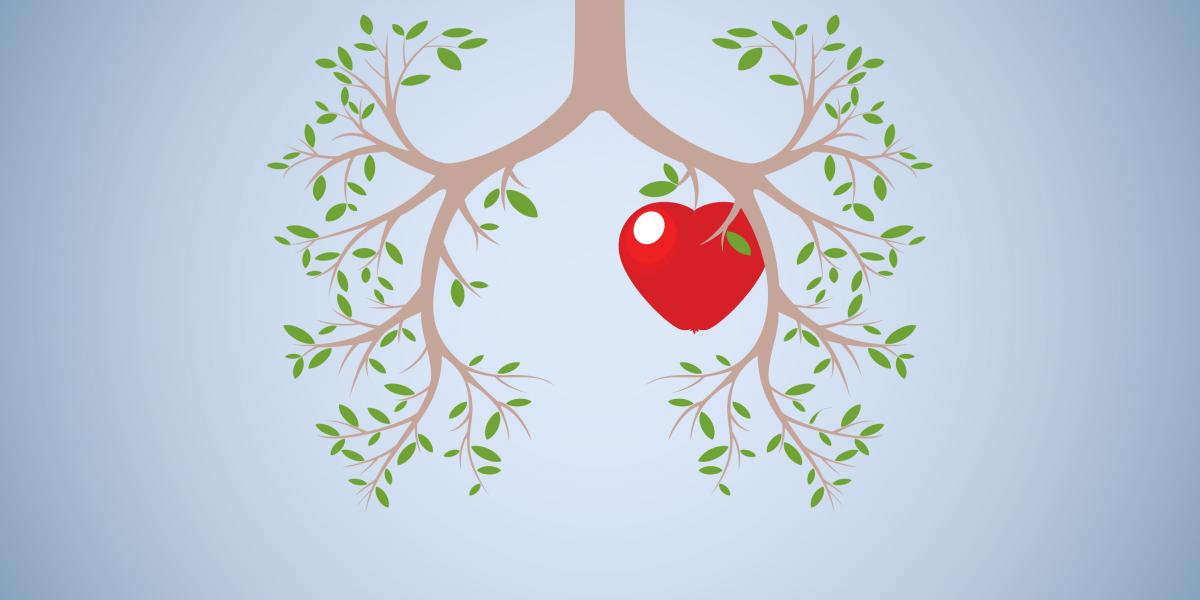The Lung Diet: Could Healthy Eating Mean Healthy Breathing?
Another benefit of eating the rainbow: better lung function.
An apple a day won’t keep the asthma away. But Vanessa Garcia-Larsen, PhD, MSc, MEd, an assistant professor in International Health, sees promising evidence that diets rich in fruits and vegetables improve lung health. “We know diet is related to certain chronic diseases like cancer and cardiovascular disease,” says Garcia-Larsen. “We are now hoping to provide evidence that diet can actually help reduce the risk of chronic respiratory diseases.”
Several of her studies have explored how diet affects age-related decline in lung function in European adults, where a strong decrease could herald disorders like chronic obstructive pulmonary disease. “People who eat more fruits and more vegetables tend to have a slower decline in lung function, which helps reduce the risk of COPD,” says Garcia-Larsen. “We’ve looked at this over a period of 10 years.” Some fruits seem particularly beneficial; for example, blueberry consumption is associated with better lung function.
Garcia-Larsen also sees a potential connection between diet and asthma severity, particularly in children. In a 2017 study in 11 Latin American countries, her team found that kids who ate more fruits and vegetables experienced fewer flare-ups than their fast food–loving peers. There may also be opportunities to intervene even earlier. “I’m interested in understanding what happens during pregnancy, and how the maternal environment impacts lung development in children,” says Garcia-Larsen.
Her efforts could have the greatest impact in low-income countries, where access to quality health care is often problematic. Garcia-Larsen is a co-investigator of the Burden Of Lung Disease study, an Imperial College London–directed project looking at risk factors for COPD in thousands of adults in Africa and Asia. “There is an opportunity here to identify how a good diet can reduce risk of COPD, which could help inform public health policy and recommendations to those most vulnerable,” she says.
